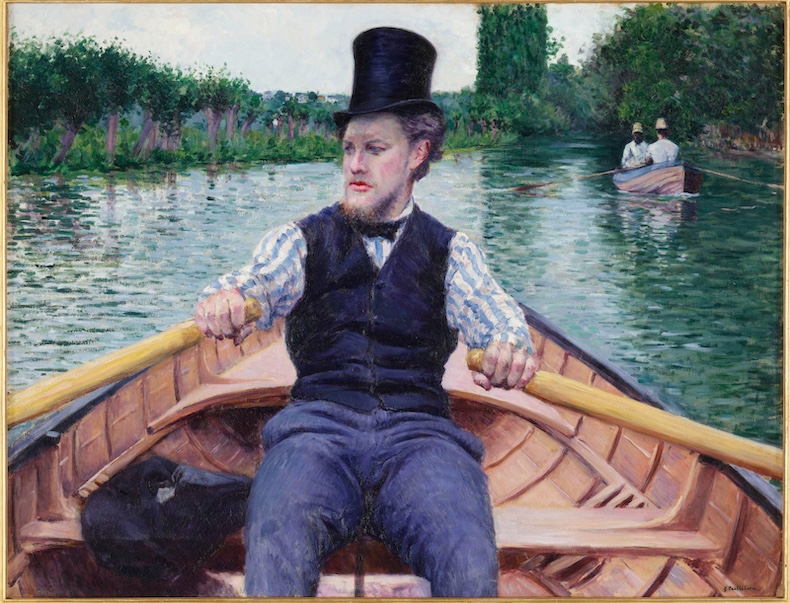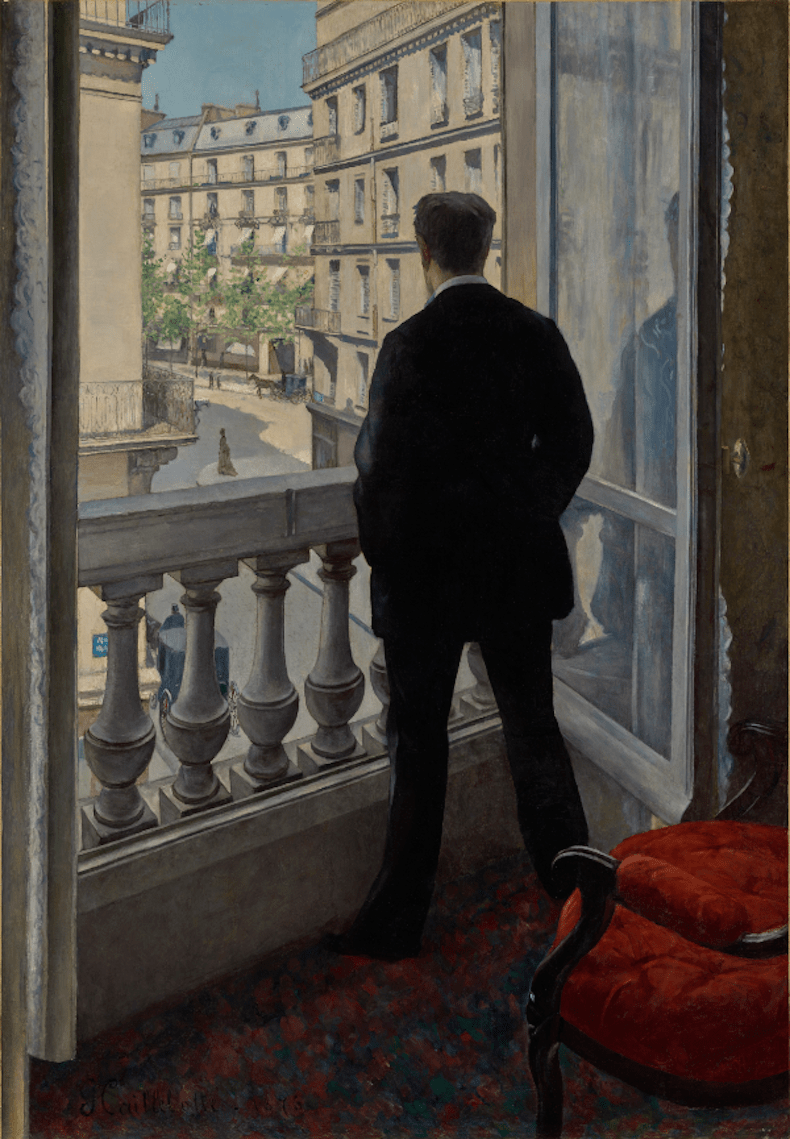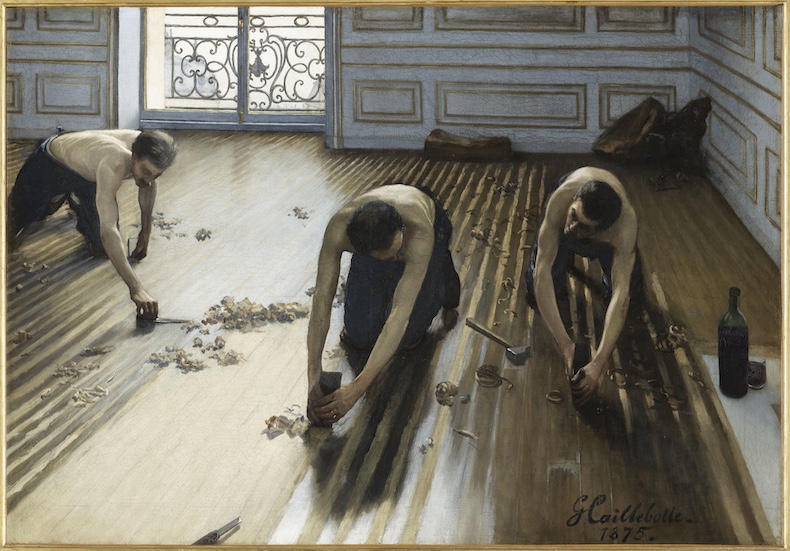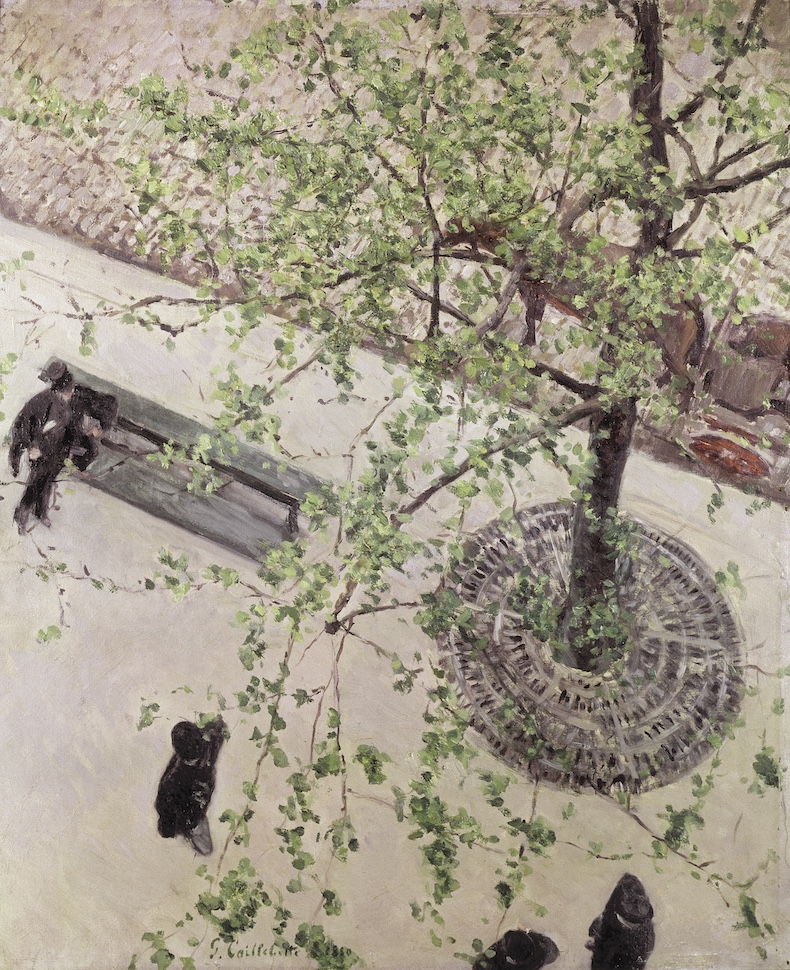This exhibition of works by Gustave Caillebotte started out at the Musée d’Orsay last year, on the back of the museum’s acquisition of his painting Boating Party (1878) (25 February–25 May). It is now transferring to the Getty, which has also recently got hold of a Caillebotte – Young Man at His Window (1876). The artist’s depictions of men – friends, family, fellow artists, labourers, soldiers, boatsmen, bystanders on the street, himself – are the subject of this show, which stresses Caillebotte’s originality as an artist – not just because he frequently painted men but also because his work does not fall neatly into any one category. Caillebotte was nominally an Impressionist, being a contemporary of the group (many of whose works he collected) and exhibiting in the second Impressionist exhibition of 1876, but his work is in some ways closer to that of Courbet and Millet than it is to nearer contemporaries such as Morisot or Monet, both in terms of style and subject matter.
Preview below | View Apollo’s Art Diary
Find out more from the Getty’s website

Boating Party (c. 1877–78), Gustave Caillebotte. Photo: Sophie Crépy; Musée d’Orsay, dist. RMN-Grand Palais

Young Man at His Window (1876), Gustave Caillebotte. Courtesy J. Paul Getty Museum, Los Angeles

Floor Scrapers (1875), Gustave Caillebotte. Musée d’Orsay, Paris. Photo: Patrice Schmidt; © musée d’Orsay, dist. RMN-Grand Palais

Boulevard Seen from Above (1880), Gustave Caillebotte. Private collection. Photo: © Comité Caillebotte, Paris
Unlimited access from just $16 every 3 months
Subscribe to get unlimited and exclusive access to the top art stories, interviews and exhibition reviews.




 Were the Impressionists really so shocking?
Were the Impressionists really so shocking?









![Masterpiece [Re]discovery 2022. Photo: Ben Fisher Photography, courtesy of Masterpiece London](http://www.apollo-magazine.com/wp-content/uploads/2022/07/MPL2022_4263.jpg)
Suzanne Treister’s tarot offers humanity a new toolbox